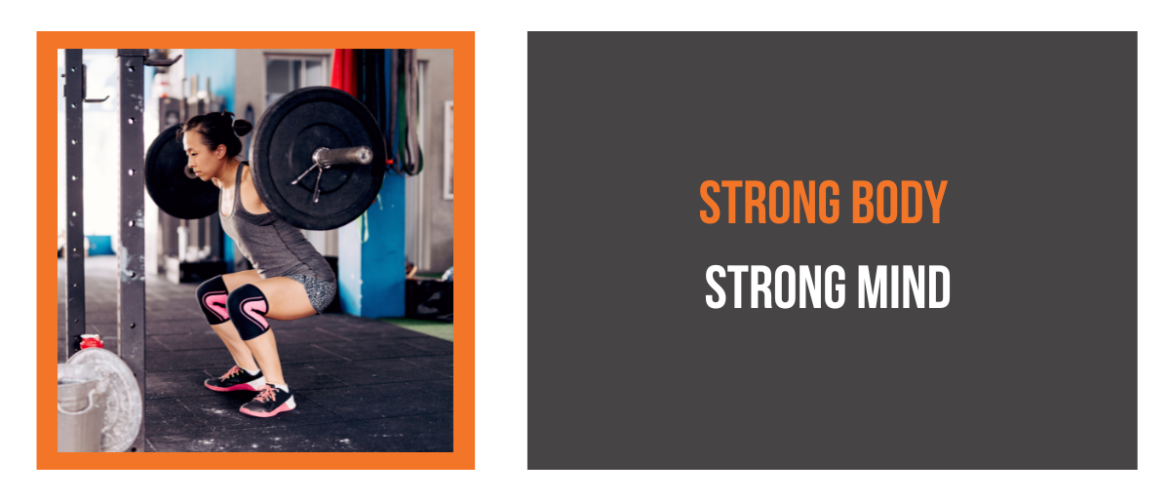GET IN TOUCH TODAY!
"*" indicates required fields

The world health organisation (2021) recommends that adults perform strengthening activities (resistance training) that work all the major muscle groups (legs, hips, back, abdomen, chest, shoulders and arms) at least two days a week. This is because they provide a range of health benefits.
The benefits of resistance training include:
When it comes to writing resistance training programmes for clients, it’s helpful to follow a set of guidelines or rules to ensure that planned workouts are both safe and effective.
One of the key principles of resistance training is to promote muscular balance. This means you should train all muscle groups in your body rather than just focusing on a few. Doing so will reduce the risk of muscle imbalances, which can lead to injury and poor posture. Additionally, having a balanced muscle structure can improve your overall athletic performance, as your body will be better equipped to handle the demands of different activities.
When planning your resistance training program, it’s essential to prioritise the larger muscle groups, such as your chest, back, legs, and core. These muscles have the most potential to improve your overall strength and endurance, and they also require the most energy to train. So, it makes sense to train them first while you still have the most energy and focus.
Another important rule is to start with complex exercises that target multiple muscle groups and require coordination and balance. Examples of complex exercises include the Olympic lifts, squats, deadlifts, lunges, and bench press. These exercises help to stimulate the central nervous system, which can improve overall performance and reduce the risk of injury. Additionally, starting with complex exercises ensures that you’re training the most critical muscle groups early in your workout when you have the most energy and focus.
Finally, it’s essential to train the synergists and fixators last. Synergists are muscles that assist in performing a specific movement, while fixators are muscles that stabilise the body during a movement. These muscle groups are often smaller and less critical to overall performance and require less energy to train. So, it’s best to target them towards the end of your workout, when you may be starting to fatigue.
Check out our standard personal trainer package. Among many things, this online course teaches you how to plan and deliver long-term training programmes for a range of clients.
Get in touch via the form below if you need any assistance.
"*" indicates required fields